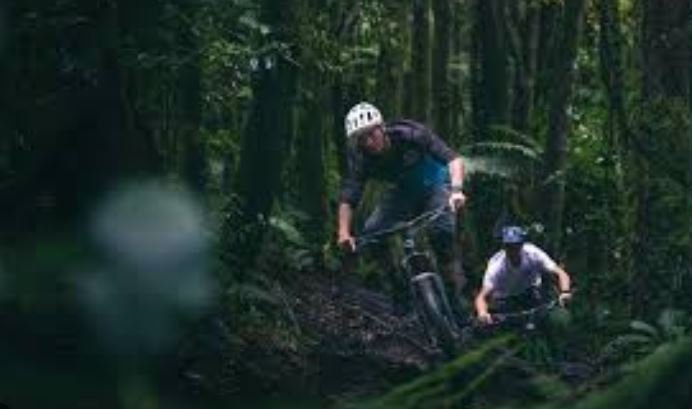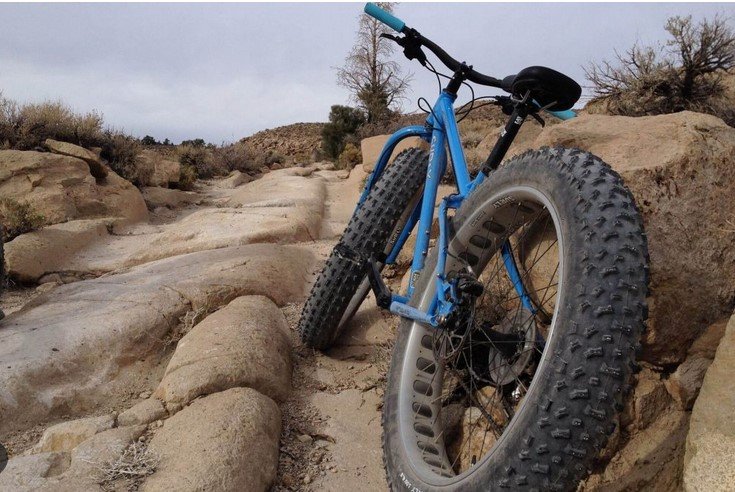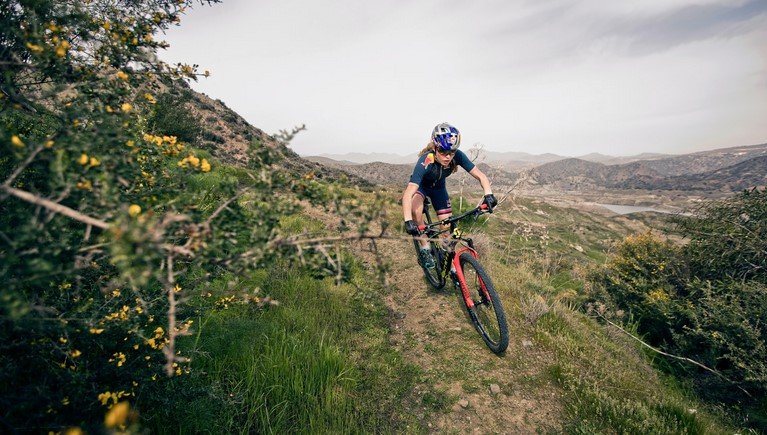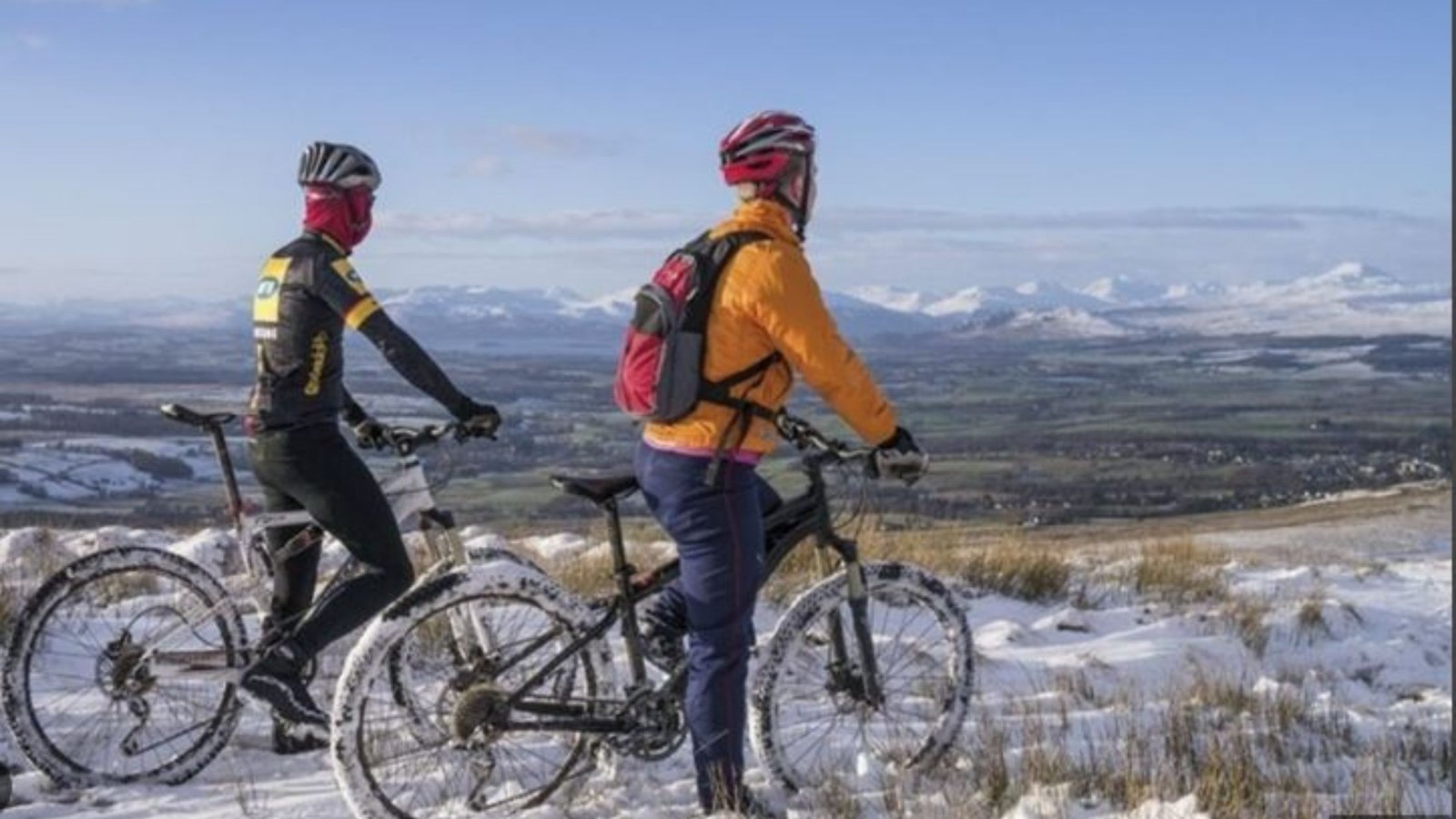Mountain biking through untouched wilderness offers an exhilarating adventure for those who seek the thrill of nature and the rush of adrenaline. This guide delves into the essentials of mountain biking, from selecting the right gear to choosing prime locations, and provides tips to enhance your wilderness biking experience.
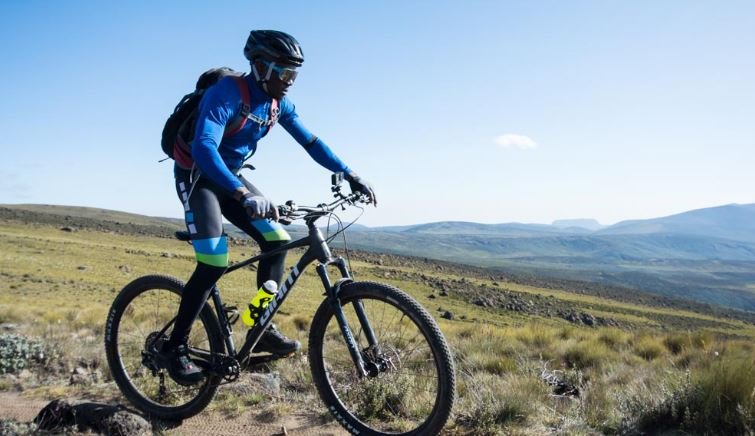
The Thrill of Mountain Biking
First and foremost, mountain biking provides an unparalleled way to explore the wilderness. The combination of physical exertion and the beauty of untouched landscapes creates an unforgettable experience. The diverse terrains challenge your skills, whether you’re navigating steep climbs, rocky paths, or flowing descents. Additionally, mountain biking allows you to access remote areas that are otherwise difficult to reach, offering a unique perspective on nature.
Essential Gear for Wilderness Biking
Furthermore, having the right gear is crucial for a safe and enjoyable ride. A sturdy mountain bike designed for off-road conditions is a must. Look for features like suspension, durable tires, and reliable brakes. Wearing a helmet is non-negotiable for safety. Additionally, padded gloves, moisture-wicking clothing, and protective eyewear enhance comfort and protection. A hydration pack ensures you stay hydrated during long rides, and a basic repair kit can save the day in case of mechanical issues.
Prime Wilderness Biking Locations
Moreover, selecting the right locations enhances your mountain biking adventure. National parks and forest reserves often feature extensive trail networks suited for different skill levels. For example, Moab in Utah is renowned for its challenging trails and stunning red rock landscapes. Alternatively, the Pacific Northwest offers lush, forested trails with breathtaking views. Researching and planning your route in advance ensures you make the most of your wilderness biking trip.
Preparing for Your Ride
Additionally, proper preparation is essential for a successful wilderness biking experience. Start by assessing your fitness level and choosing trails that match your abilities. Reviewing trail maps and weather conditions helps you anticipate challenges and pack accordingly. Informing someone about your route and expected return time is a safety precaution. Lastly, performing a pre-ride check on your bike ensures everything is in working order, minimizing the risk of breakdowns.
Navigating Wilderness Trails
Furthermore, navigating wilderness trails requires both skill and caution. Learning to read trail markers and understanding basic navigation skills prevents you from getting lost. Staying on designated trails protects the environment and ensures your safety. Additionally, being aware of your surroundings, such as wildlife and changing weather conditions, helps you react appropriately. Practicing trail etiquette, like yielding to hikers and slower riders, fosters a positive experience for everyone.
Overcoming Common Challenges
Moreover, mountain biking in the wilderness presents unique challenges. Encountering rough terrain, steep inclines, and technical descents tests your skills and endurance. Building core strength and improving your bike handling techniques prepares you for these obstacles. Staying calm and focused helps you navigate tricky sections without accidents. Additionally, knowing basic first aid and carrying a small emergency kit equips you to handle minor injuries or issues on the trail.
Environmental Considerations
Additionally, respecting the environment is crucial when biking through untouched wilderness. Practicing Leave No Trace principles ensures you minimize your impact on nature. This includes packing out all trash, avoiding disturbing wildlife, and staying on marked trails. Supporting local conservation efforts and participating in trail maintenance activities contribute to preserving these beautiful areas for future generations.
Enhancing Your Experience
Furthermore, enhancing your mountain biking experience involves more than just riding. Taking time to appreciate the scenery, observe wildlife, and enjoy the tranquility of the wilderness enriches your adventure. Photographing your journey and sharing it with others can inspire them to explore and appreciate nature. Additionally, joining mountain biking groups or participating in organized rides introduces you to fellow enthusiasts and opens up new biking opportunities.
The Health Benefits of Mountain Biking
Moreover, mountain biking offers numerous health benefits. The physical exertion improves cardiovascular health, builds muscle strength, and enhances endurance. Being in nature reduces stress, boosts mood, and promotes mental well-being. The combination of physical and mental health benefits makes mountain biking a holistic activity that supports overall wellness.
Conclusion
In conclusion, mountain biking through untouched wilderness is an exhilarating and rewarding adventure. By equipping yourself with the right gear, choosing prime locations, and preparing adequately, you can fully enjoy the thrill and beauty of nature. Whether you are a seasoned rider or a novice, mountain biking offers a unique way to connect with the wilderness and experience the great outdoors.







